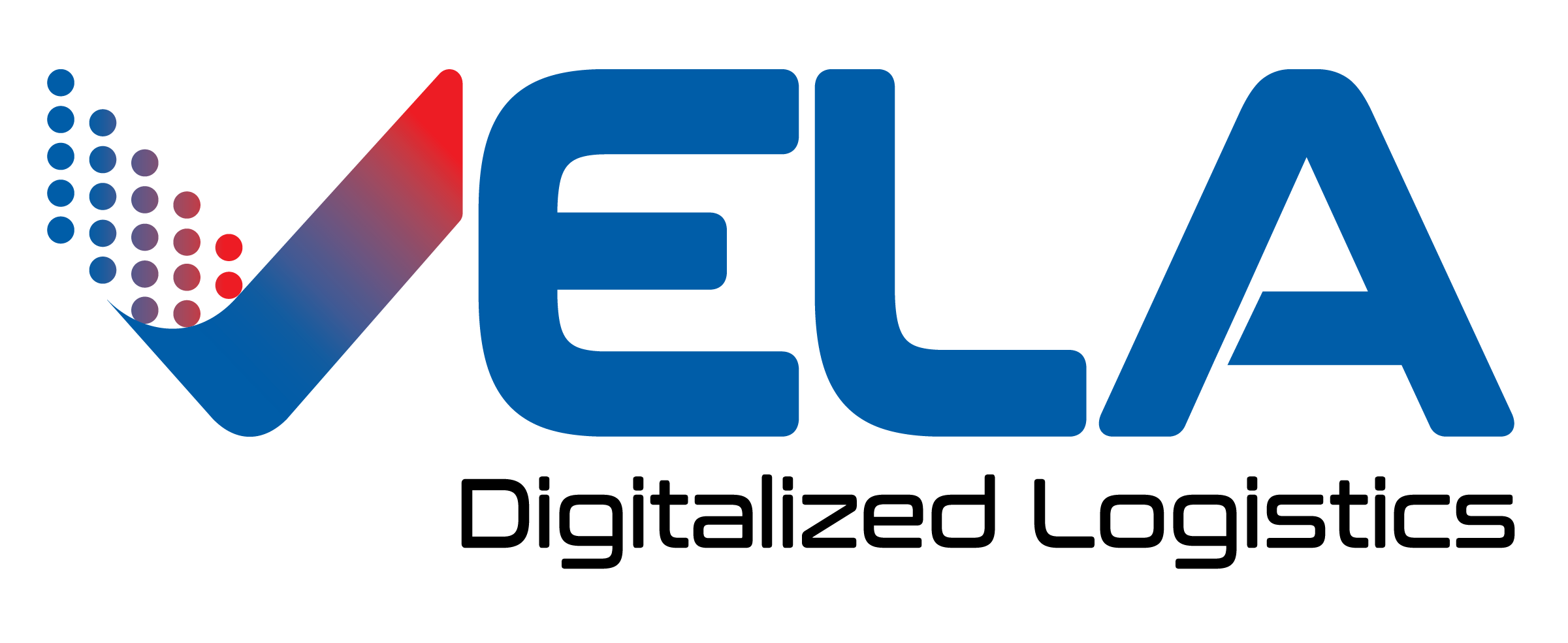Just In Time Model enhancing supply chain efficiency

The Just In Time model enables businesses to minimize inventory costs, boost production efficiency, and improve responsiveness to market demands. To successfully implement this model, businesses must prepare thoroughly, from evaluating current processes and creating detailed plans to adopting advanced technologies and training personnel.
The importance of the Just In Time model
In today’s competitive economy, optimizing production processes is no longer an advantage but a necessity. Balancing cost reduction, efficiency improvement, and rapid market response is a challenge for all businesses. The JIT model emerges as a perfect solution, helping businesses minimize waste, optimize resources, and improve production efficiency.
The core of this model is producing and delivering the right products, at the right time, and to the right place. This eliminates excessive storage of materials or products while enhancing flexibility to respond promptly to market demand fluctuations.

The JIT model, initially prevalent in manufacturing, is now widely adopted across industries such as trade, logistics, and retail. Its ability to optimize supply chains, reduce waste, and ensure consistent product quality makes it a powerful tool for maintaining long-term competitiveness.
Principles of the Just In Time model
The Just In Time model operates based on four core principles, creating a seamless system where all stages of the supply chain are synchronized to eliminate waste, reduce waiting time, and maximize value creation.
- Right product: Deliver products that meet exact quality and functionality requirements, aligning with customer needs.
- Right quantity: Produce and supply the precise quantity required, avoiding overstock or shortages, and optimizing costs and resources.
- Right place: Ensure materials or products are delivered to the correct location, maintaining smooth and efficient production processes.
- Right time: Ensure materials or products are available exactly when needed, avoiding delays or downtime.
Benefits and challenges of implementing Just In Time
Implementing the Just In Time model not only helps businesses improve production processes but also brings practical benefits such as reducing inventory costs, increasing production efficiency, and enabling more flexible operations.
- Reduced inventory costs: By producing and storing only what is needed, businesses save on warehouse operations, storage, and inventory management.
- Increased production efficiency: Streamlined processes and elimination of redundant steps improve resource utilization.
- Improved quality: Tight control over each stage minimizes defects and enhances customer satisfaction.
- Greater flexibility: Without large inventories, businesses can quickly adjust production to align with market changes.
However, implementing Just In Time is not easy, and businesses must face several challenges, including:
- Supply chain dependency: JIT relies on producing and delivering just in time, with no buffer stock. Supply chain disruptions can halt production.
- Technology requirements: Businesses must invest in advanced management systems and data analytics tools to monitor and optimize processes.
- Employee training: Successful JIT implementation requires all employees to understand and execute their roles effectively.
- External risks: Unexpected events like natural disasters, pandemics, or fluctuating raw material prices can disrupt supply chain operations.

Steps to implement the Just In Time model
To effectively adopt the Just In Time model, businesses should follow these steps:
- Assess current processes: Analyze existing production and supply chain processes to identify bottlenecks and improvement opportunities.
- Develop a plan: Build a detailed production plan with clear objectives, timelines, and resource allocation.
- Strengthen supplier relationships: Establish strong partnerships with suppliers to ensure seamless synchronization between production and supply.
- Leverage technology: Use tools like Supply Chain Management (SCM) software and Enterprise Resource Planning (ERP) systems to monitor and coordinate production processes effectively.
- Train employees: Ensure all staff, from management to operators, understand the JIT model and their roles in its execution.
- Monitor and improve: Regularly evaluate the model’s effectiveness, addressing issues and seeking solutions to further enhance processes and productivity.
The Just In Time model offers numerous outstanding benefits, but it also requires serious commitment and investment from businesses. Successfully implementing Just In Time not only helps reduce costs and increase production efficiency, but also creates flexibility and a high level of adaptability to market fluctuations, ensuring the sustainable development of the business in a modern business environment.
